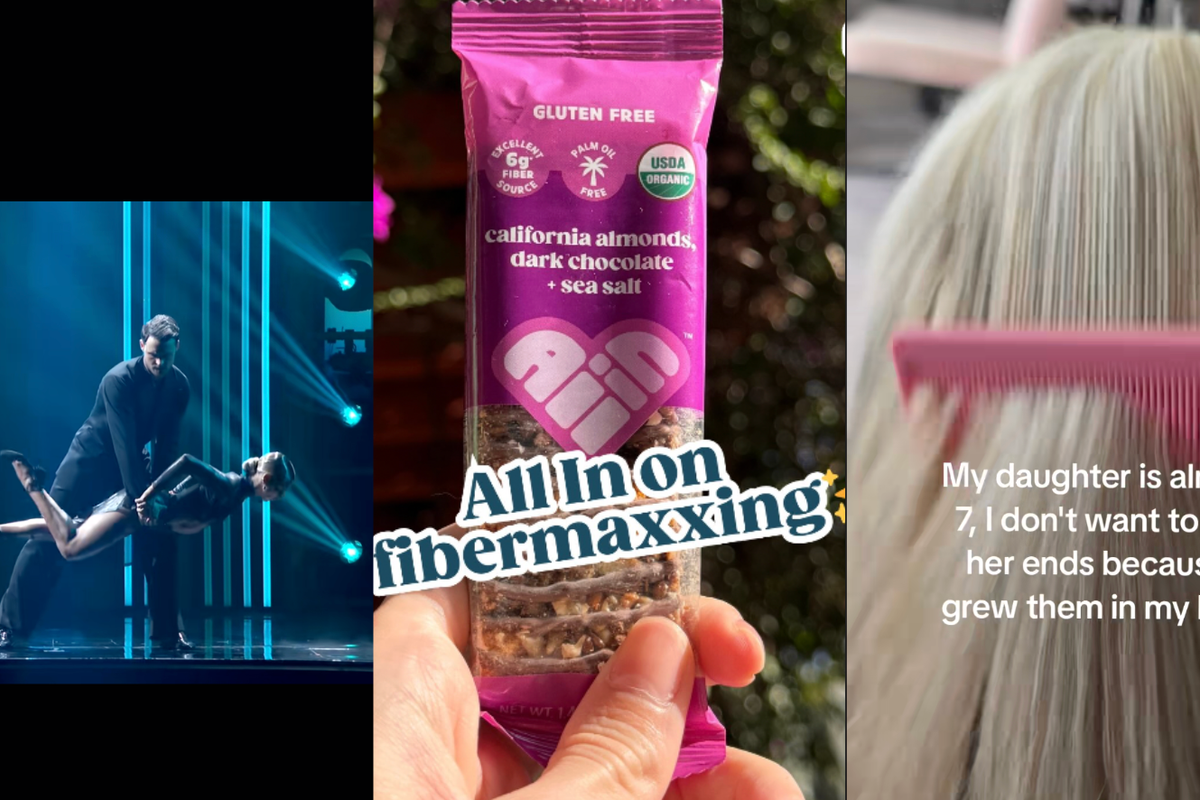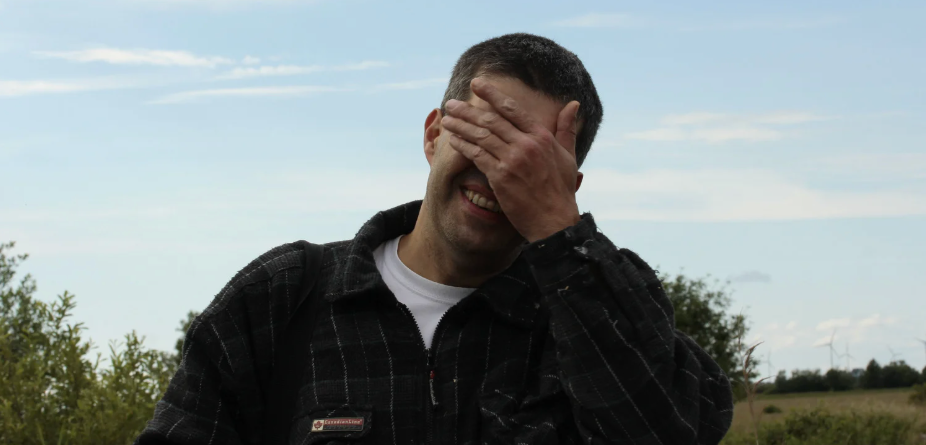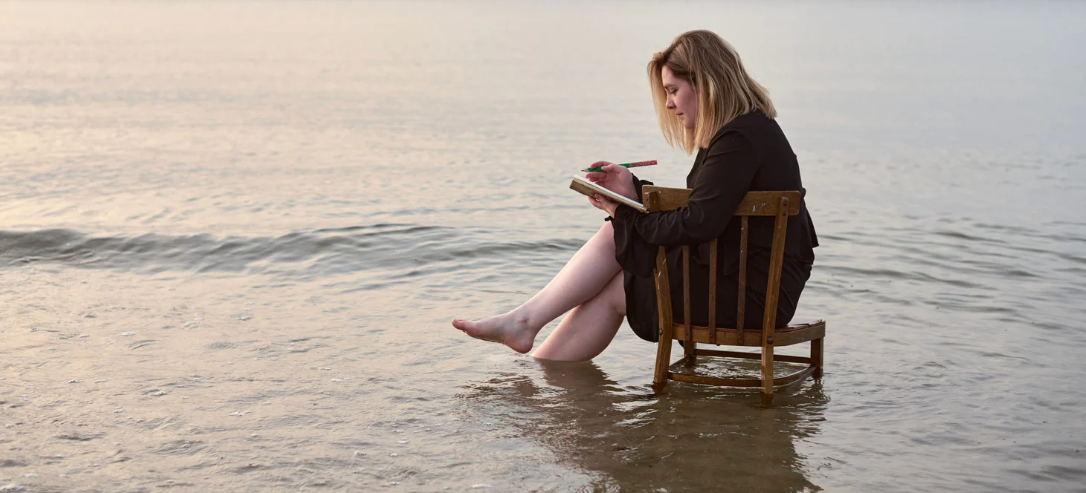If you tried to imagine the most stereotypical American town, what does it look like?
Is it something kind of "Pleasantville"-y — all black and white, and you're sipping milkshakes as you walk through an adorable downtown shopping strip, waving to your ever-friendly neighbors as they drive past in the family car with their 2.5 kids and a dog in the back? Does a certain demographic come to mind — maybe some specific display of diversity in class, race, and gender?
A new study from FiveThirtyEight analyzed the age, education level, and race/ethnicity of every metropolitan cluster in America to identify the most "normal" place in the country — that is, the place that most accurately reflects the overall demographics of the United States as a whole in relation to those three areas.
And, well, let's just say if you thought a place like Oshkosh, Wisconsin, or Lincoln, Maine, was a good representation of "mainstream American culture," you might be in for a surprise.
This is the first thing I found when I did an image search for "normal America." (Apparently it's Normal, Illinois — which is far from the real normal America.) Photo by Willjay/Wikimedia Commons.
So what is the "most normal place in America," based on FiveThirtyEight's criteria? Here are a few hints:
1. The main city's population of 130,000 people is probably more diverse than you expected.
According to the latest census information, it breaks down to 31.8% white, 35.4% black or African-American, 27.4% Hispanic or Latino, 4.7% Asian or Pacific Islander, 0.5% American Indian or Alaska Native, and 3.9% of the people identify as two or more races.
However, the surrounding metropolitan area looks more like 65% white, 14.2% black or African American,16.8% Hispanic or Latino, 4.3% Asian or Pacific Islander, 0.5% American Indian or Alaska Native, and 2.2% of those 860,000 people claiming two or more races.
Photo by Spencer Platt/Getty Images.
2. About 82% of residents over the age of 25 have a GED or high school diploma, but only about 33% have a bachelor's degree or higher.
In terms of public schools, the city boasts 32 elementary and middle schools, 10 high schools, five transitional schools, and one adult and continuing education center; it also educates about 3,000 students from the surrounding suburbs through various magnet programs. There are several renowned public and private schools to choose from as well.
Public high school students with good grades and attendance are also eligible to have their college educations paid for by a local private university — one of several in the area, in addition to a branch of the state college system.
3. Nearly two-thirds of the population are adults between the ages of 18 and 65.
About another third are children, with 7.1% being under the age of 5. Those over 65 comprise only 9.2% of the population. And of all those groups, more than 50% are female.
That pretty much covers FiveThirtyEight's basic idea of "normal America." But things get even more curious when you start to look at the other demographic facts about this "normal" place …
Again, the original study was based specifically on age, race/ethnicity, and education. While some of these other details might not be 93.2% similar to the country as a whole, they paint a thought-provoking picture of what a community might look like as an accurate microcosm of America — for better or for worse.
Photo by Christopher Capozziello/Getty Images.
4. The median rent is a little over $1,000 a month, and the median cost to own a home is about $250,000.
That's according to this recent census information. As for the split between those? Only about 30% of residents own their homes, and the average household size is 2.55.
5. The minimum wage is $9.15.
This city is in one of the first states to announce a gradual increase to more than $10 an hour by 2017. That being said, the necessary living wage for one adult with no dependents is estimated at $11.88 an hour. For a single parent, that number jumps to $26.09.
Photo by lracaz/Wikimedia Commons.
6. Nearly 70% of the population identifies as Democrat, about 26% identify as nonpartisan, and less than 4% are registered Republicans.
This is obviously not representative of the country as a whole. But it is interesting to consider alongside the rest of the city's demographic makeup.
7. The unemployment rate is 35% higher than the national unemployment rate.
The current unemployment rate in this "normal America" is 7.4%, compared to 5.5% throughout the country; of course, this doesn't necessarily factor in underemployment.
Photo by VersaGeek/Wikimedia Commons.
8. About half the population does not claim a religious affiliation.
More than one-third identify as Catholic, and about 7% identify as some form of Protestant, plus 3.9% who are Evangelical; 4% are Jewish, and 2.3% identify their affiliation as "other."
The rest of the country is more like 20% Catholic, and 70% Christian overall, with 1.9% Jewish, and 22.8% who don't affiliate with any religion, plus the less-than-1% each of Muslims, Buddhists, Hindus, and other world religions.
9. The city has had a reputation for high crime.
At one point, a study using FBI statistics identified it as the 18th most dangerous city in America. But that ranking also fell under some heavy criticism, and another analysis placed it around 168th in the nation. Either way, crime rates are something worth considering, even if crime levels in the city vary dramatically from neighborhood to neighborhood.
Photo by Spencer Platt/Getty Images.
10. Median household income is about $37,500 in the city itself, and $61,000 in the surrounding areas...
Per capita income in the city is around $24,000, or $33,000 in the suburbs. 24.4% of individuals and 20.5% of families in the city live below the poverty line, including 32.2% of those under age 18 and 17.9% of those age 65 or over.
11. … but it also has one of the fastest-growing rates of income inequality in the entire country.
Have you figured out where this "normal American" city yet? Here a few more hints to help paint a picture.
Photo by Milkyoreo/Wikimedia Commons.
12. There's no professional sports team.
Neither The Beast nor the Ninjas nor the Ravens ever amounted to anything more than a cool name. But it is home to one of the greatest rivalries in the nation.
13. It is said to be the first "planned city" in America.
It's historic Ninth Square district dates all the way back to 1638, and it was originally blocked out as a grid of, well, nine squares.
Photo from Noroton/Wikimedia Commons.
14. Interchangeable rifle parts were invented there, as well as the first automatic revolver.
To this day, military technology and defense contractors are some of the largest industries — even though this place also has some of the most strict regulations for guns owners in America, and only 3.75% of the residents are known to own guns.
And of course, like many normal American cities, much of that industrial real estate is now becoming luxury condos...
15. It's also reported to be the home of the hamburger.
OK so this little detail is one of the most stereotypically "American" things imaginable. They also have pizza so good it has its own Wikipedia page. (Of course, I might be biased; I did grow up there.)
Photo by Christopher Capozziello/Getty Images.
Believe it or not, the "most normal" place in America is … New Haven, Connecticut.
Whatever preconceived notions you may have had about the home of the frisbee, it's probably not what most people think of when they think about "normal America."
And those wholesome, "Leave It To Beaver"-esque images that most people do think of? You can still find that today in places like Kentucky, West Virginia, and Indiana — but the statistics only rate them as a little more than 50% representative of the real United States as a whole.
That's not to say that either one is necessarily better than the other. But it is the reality of the country we live in.




 Woman in denim jacket covers face with sleeve, standing outdoors with blurred background.
Woman in denim jacket covers face with sleeve, standing outdoors with blurred background. Woman with outstretched arms in a sunlit field, enjoying the outdoors.
Woman with outstretched arms in a sunlit field, enjoying the outdoors. Lush forest with vibrant green and orange foliage in soft, misty sunlight.
Lush forest with vibrant green and orange foliage in soft, misty sunlight. Friends laughing and drinking coffee at a cozy cafe table.
Friends laughing and drinking coffee at a cozy cafe table. Woman with curly hair in sunlight, eyes closed, wearing a purple top.
Woman with curly hair in sunlight, eyes closed, wearing a purple top. Man smiling with hand over face, standing outdoors against a blue sky background.
Man smiling with hand over face, standing outdoors against a blue sky background. Hand painting a still life on canvas with blue and orange tones.
Hand painting a still life on canvas with blue and orange tones. Woman sitting on a chair in the water, writing in a notebook at sunset.
Woman sitting on a chair in the water, writing in a notebook at sunset.
 "You're hilariously brilliant at everything you hate."
"You're hilariously brilliant at everything you hate."  "Bridget is authentically herself…and triumphs in her own way."
"Bridget is authentically herself…and triumphs in her own way."  "They're written in some curious language that I can't really understand."
"They're written in some curious language that I can't really understand." 
 Happy Girl GIF by RetMod
Happy Girl GIF by RetMod  Woman enjoying some self care time.
Woman enjoying some self care time.
 Wash the dishes before I get home from bowling! Photo by
Wash the dishes before I get home from bowling! Photo by  music video 80s GIF
music video 80s GIF 
 An embarrassed woman covers her face
An embarrassed woman covers her face A woman laughs while trying to hide her face from the cameraCanva
A woman laughs while trying to hide her face from the cameraCanva Green Flag GIF by The Last Talk Show
Green Flag GIF by The Last Talk Show A woman covers her faceCanva
A woman covers her faceCanva